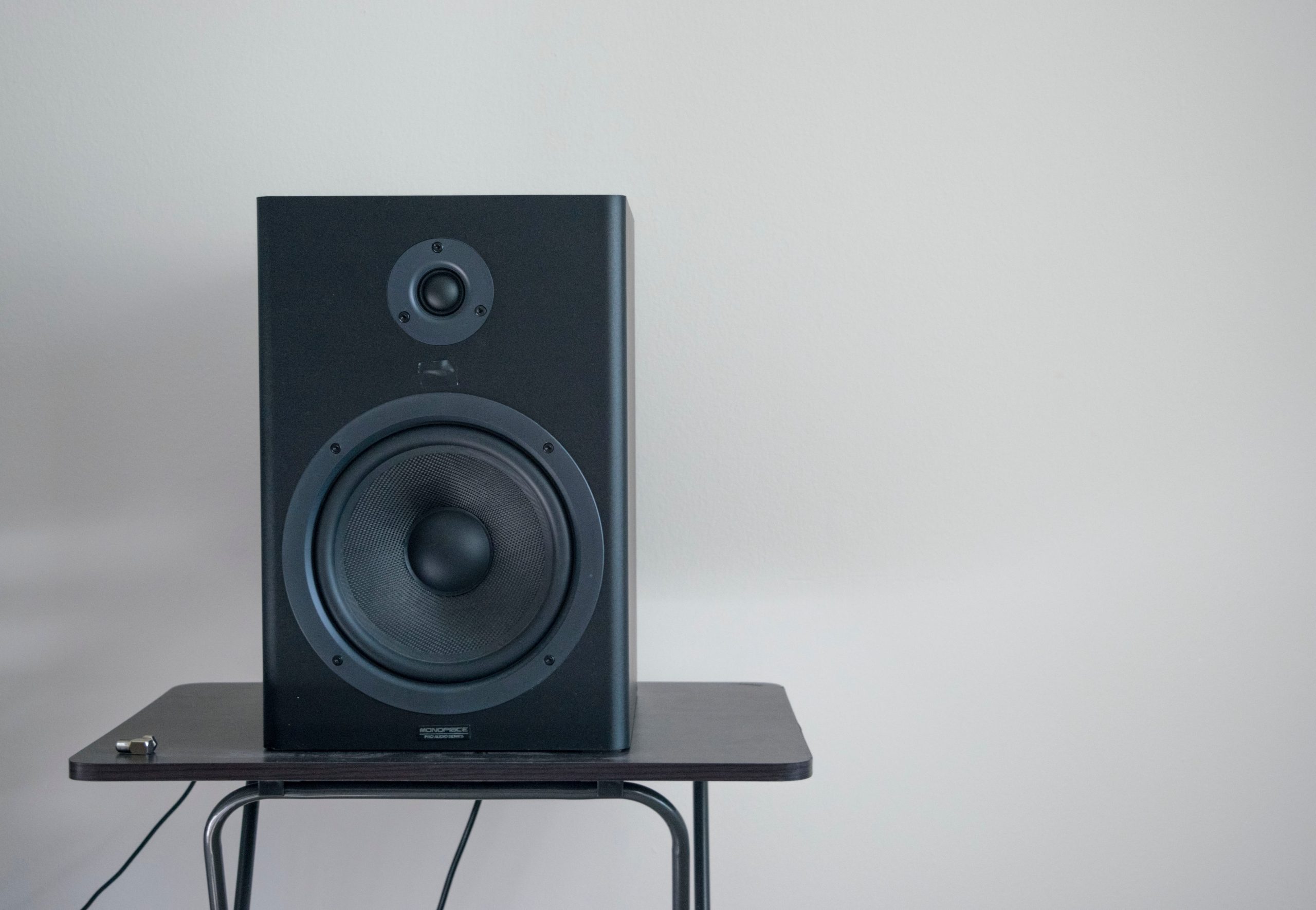What are the different types of reverb? A guide
Image Credit: Paul Esch-Laurent
Starting to explore reverb effects as a beginner producer? Let’s look at the different types of reverb you might come across in your producing.
Who doesn’t love a bit of reverb. It’s the most commonly used effect by producers, beginner and established. Reverb plugins for DAWs can have lots of options however, and for the beginner producer things can get overwhelming, fast.
On your average reverb plugin, there’ll be more than one kind to choose from – and you can use more than one. Let’s quickly explore the basic types of reverb.
What is reverb?
It’s the natural sound of a space, as sound waves bounce around it. The bigger the space, the longer the reverberation – a small space makes for a short, snappy reverb.
Room reverb
Room reverb replicates the sound of a small space, such as a bedroom, and all the surfaces inside that sound waves can bounce off from. It gives unprocessed sounds a natural ambience, fitting them nicely into the mix without being too obvious. Whatever instrument it’s applied to, a touch of room reverb gives a warming colour, bringing sounds right in front of the listeners and also lending touch of space to dreary sounds.
Plate reverb
Rather than imitating a space, plate reverb is instead a type of artificial reverb. The original hardware was popular in 1960s Abbey Road recordings of The Beatles, before digital plate reverb became popular in the 1980s. As the name suggests, a metal plate is used to create its sound. Plate reverb is characterised by adding a bright, even echo to a mix.
Hall reverb
Hall reverb is designed to make the sound seem like it’s being played in a space the size of a concert hall – coming with the territory, orchestral tracks for example embrace the grand sound of a hall reverb perfectly. The subsequent long decay of the sound tailing away is relevant to the size of the space. Beware of muddying up your mix when you apply hall reverb to your instrument tracks.
Spring reverb
Spring reverb is an artificial reverb. Spring reverb plugins digitally replicate the original hardware, which featured a spring between a pickup and transducer. It’s commonly found in guitar amplifiers. The coiled spring vibrates, bouncing the echoes inside the unit. Intrigued? Here’s a great free plugin of a spring reverb effect:
Chamber reverb
Chamber reverb immediately injects a lot of atmosphere, but without the sometimes muddy quality of hall reverb. The chamber effect is similar to playing an instrument in a bathroom, with a ton of reflective surfaces – you’ll get colour and energy added to your sound.
Still confused? Read our introduction to reverb and how best to use it.
